A Little History...
What would be my first post on this new site, if it were not honoring my heritage and ancestral homeland of Greece? Thankfully, I was lucky enough to be able to travel with most of my immediate family to various destinations within the country this past summer, and I left with ~2300 photos. Here is a sampling of some of those photos from the Acropolis in Athens.
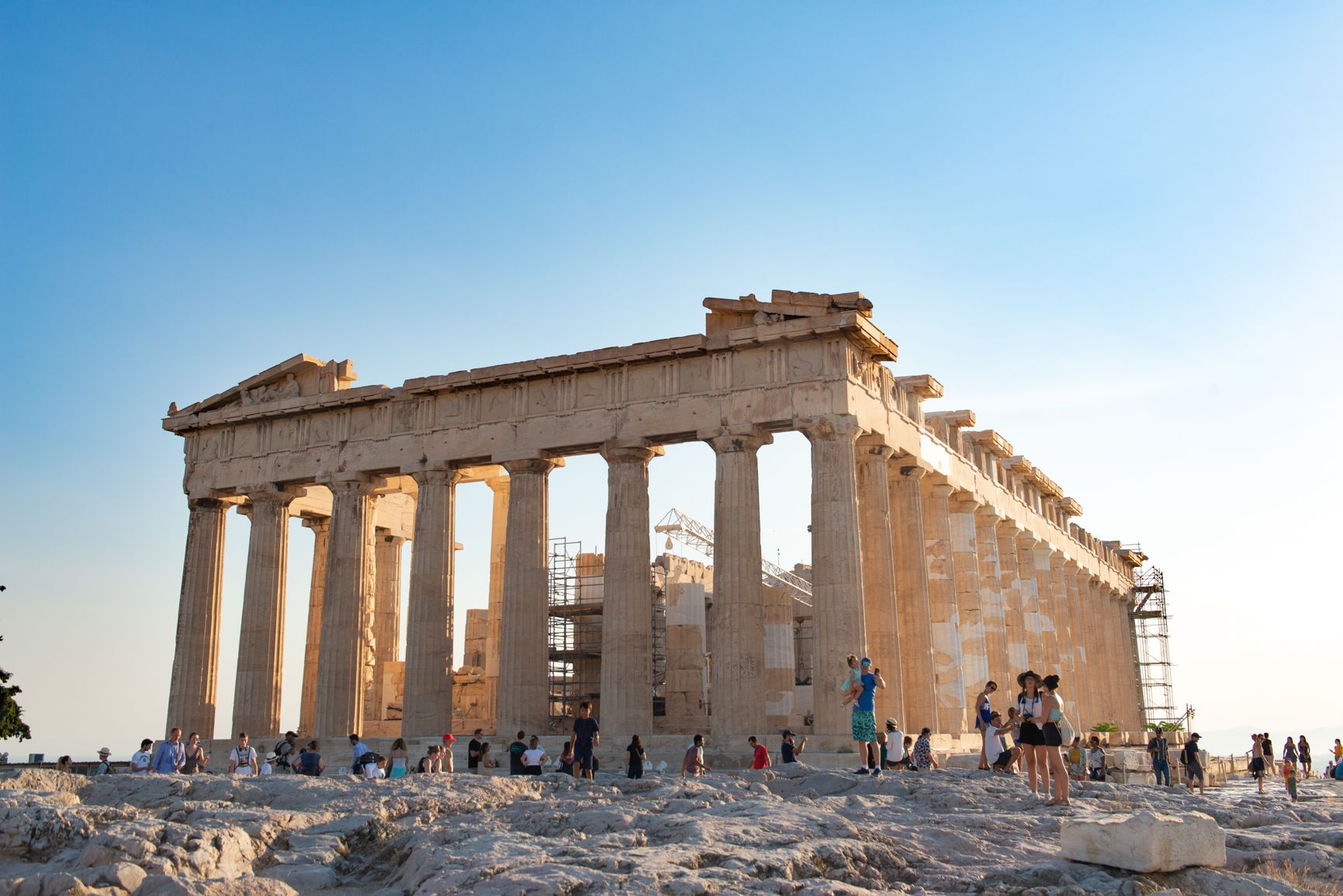
The word acropolis is from the Greek words ἄκρον (akron, "highest point, extremity") and πόλις (polis, "city").
2300 photos is a lot to get through, in terms of selection and editing. It is no easy task to sit and chug through the hundreds of images that are - in all honesty - pretty underwhelming (terrible) - just to find those few dozen that make the cut. However, looking back at the trip via curated photos really does put a smile on your face. Some of my favorite photos from the trip happen to come from the Acropolis.
Probably the most famous of all archeological sites in Greece is the Parthenon, that sits atop the Acropolis - which itself, is the highest point of Athens. In fact, there are no structures in the city that obstruct the view of the Acropolis.
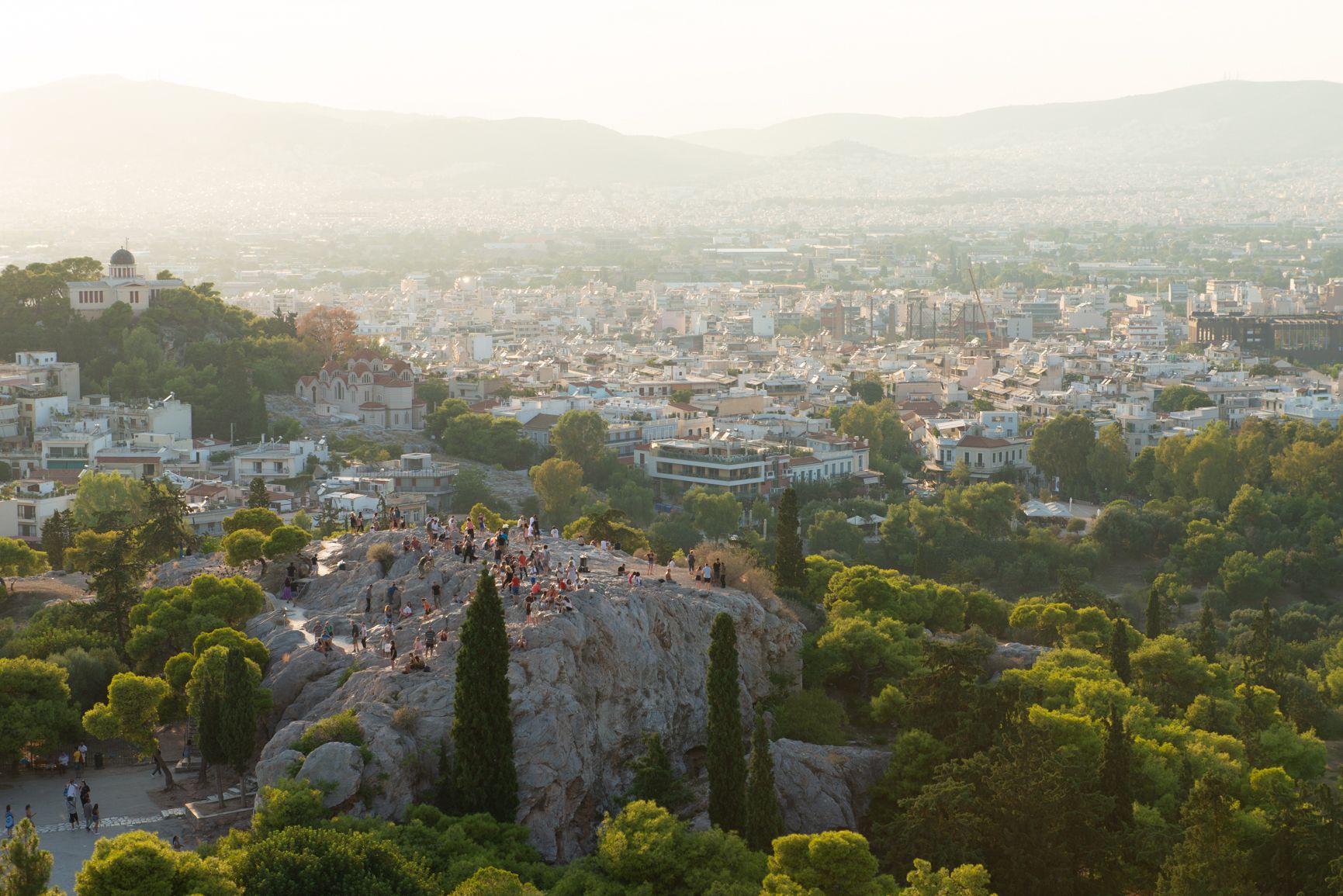
Athens is very hot in the summer, often reaching 40° C
As you can see, we made it to the top at Sunset. This is ideal for a number of reasons - especially in the summer. Athens is very hot in the summer, and also flooded with tourists. Waiting in line at the base of the Acropolis to get tickets in the scorching sun, and also climbing all the stairs to the top in 40° C while waiting for the crowds in front of you to make their way up is also not recommended. Buying tickets online and also making the climb ~1 hour before the site closes can save you a lot of sweat, and also get you some pretty dramatic lighting for your photos!
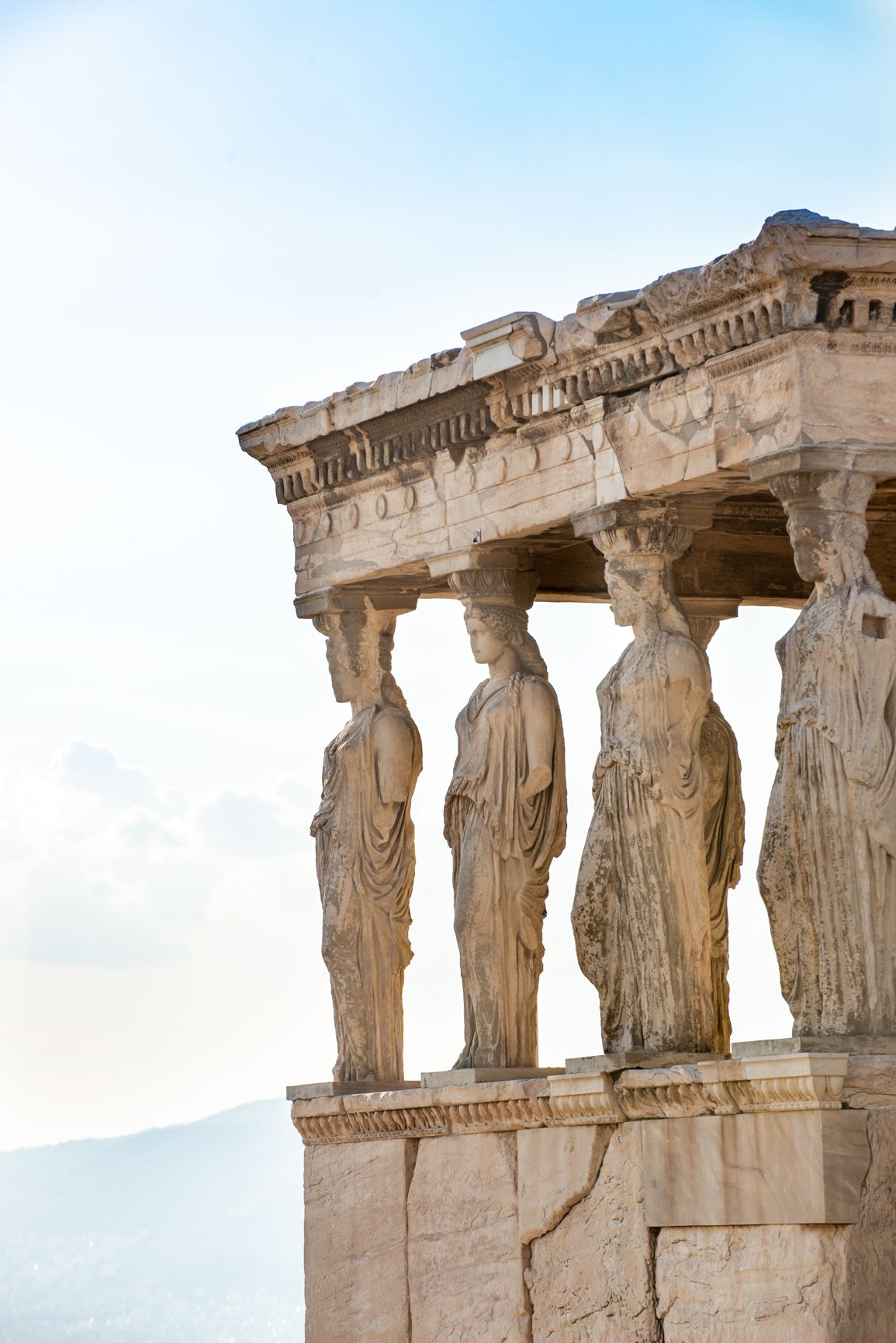
That's not to say the climb to top of the Acropolis is not enjoyable itself. There are more than enough archeological sites to see on your hike up, and plenty of opportunities to stop, rest, and snap photos. You are, however, rewarded richly for your hike to the very top.
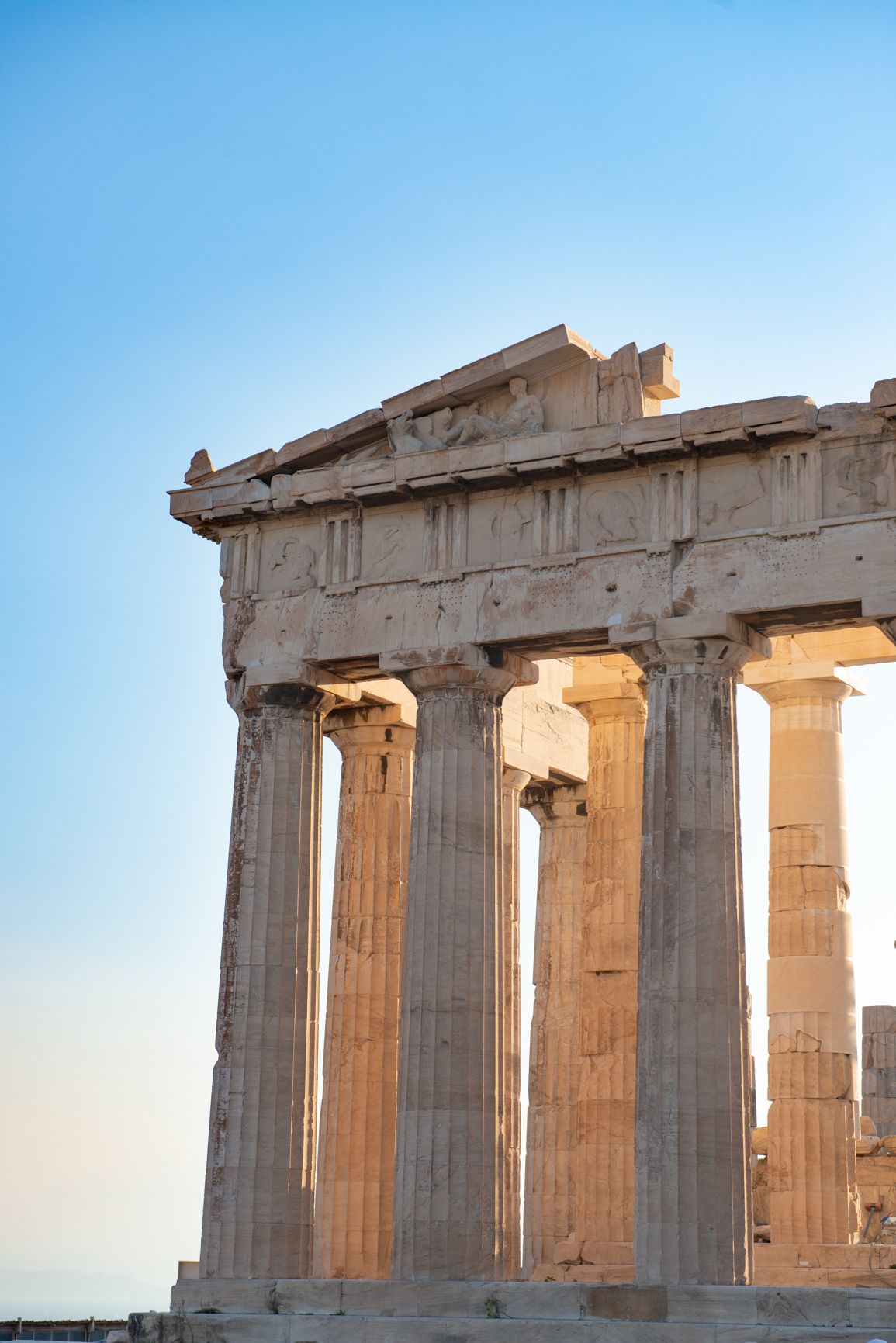
A sense of incredible history immediately hits you as you reach the stairs of the Propylaea. As you pass through, the Parthenon is presented to you, straight on, for the first time - no longer is it hanging high above you in the sky as a far off distant figure, but now, an immensely impressive ancient structure of legend in front of you and immediately within reach.
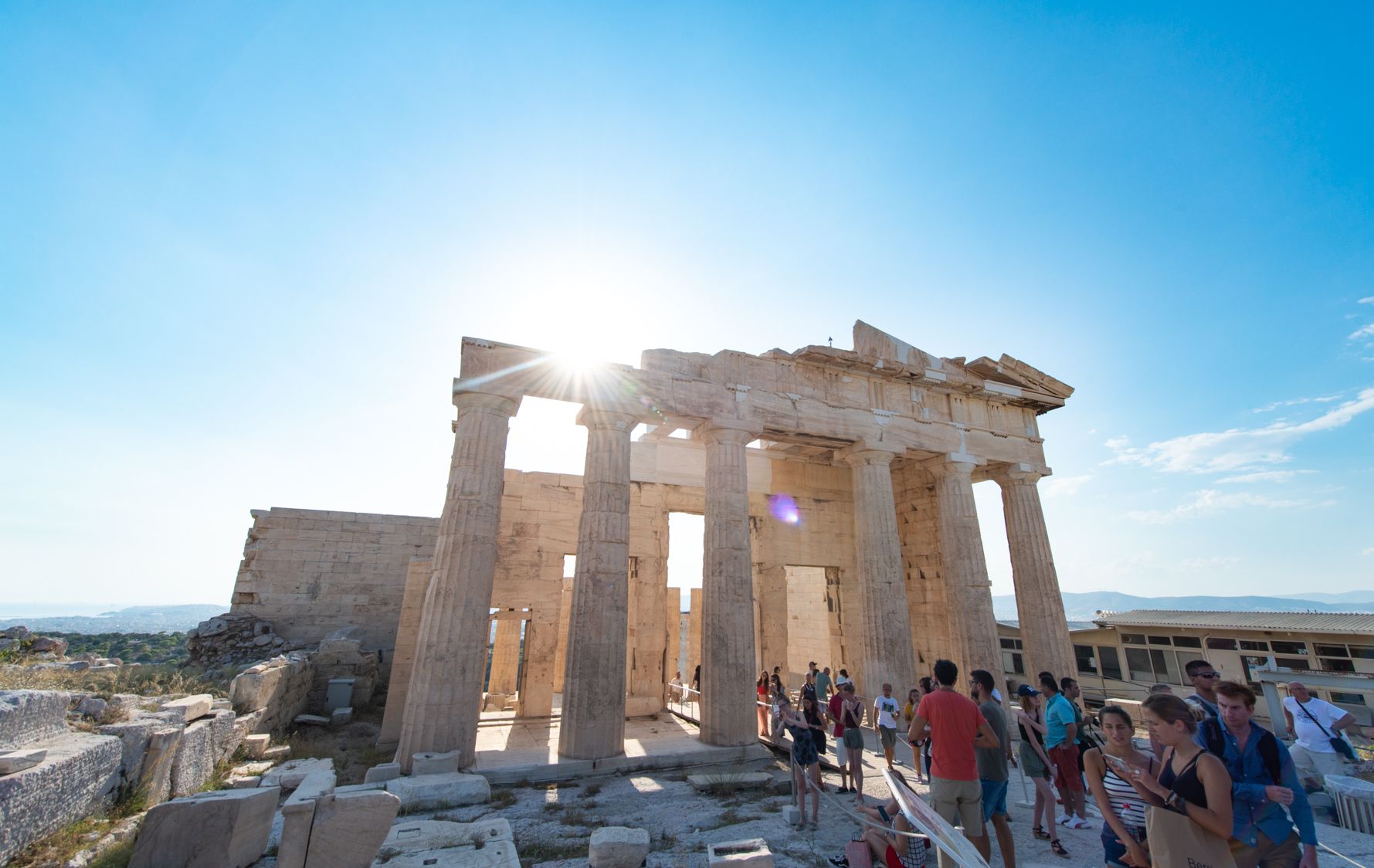
I shot with my Nikon D800, with the 14-24mm f/2.8, 24-70mm f/2.8, and even the 70-200mm f/2.8 in some cases where I wanted to get a bit of detail from the sculptures and sculpted marble on the façade of the structures. Shooting into a back-lit scene always presents a bit of a challenge in exposing enough to see detail in your subject, but not blowing out the sky.
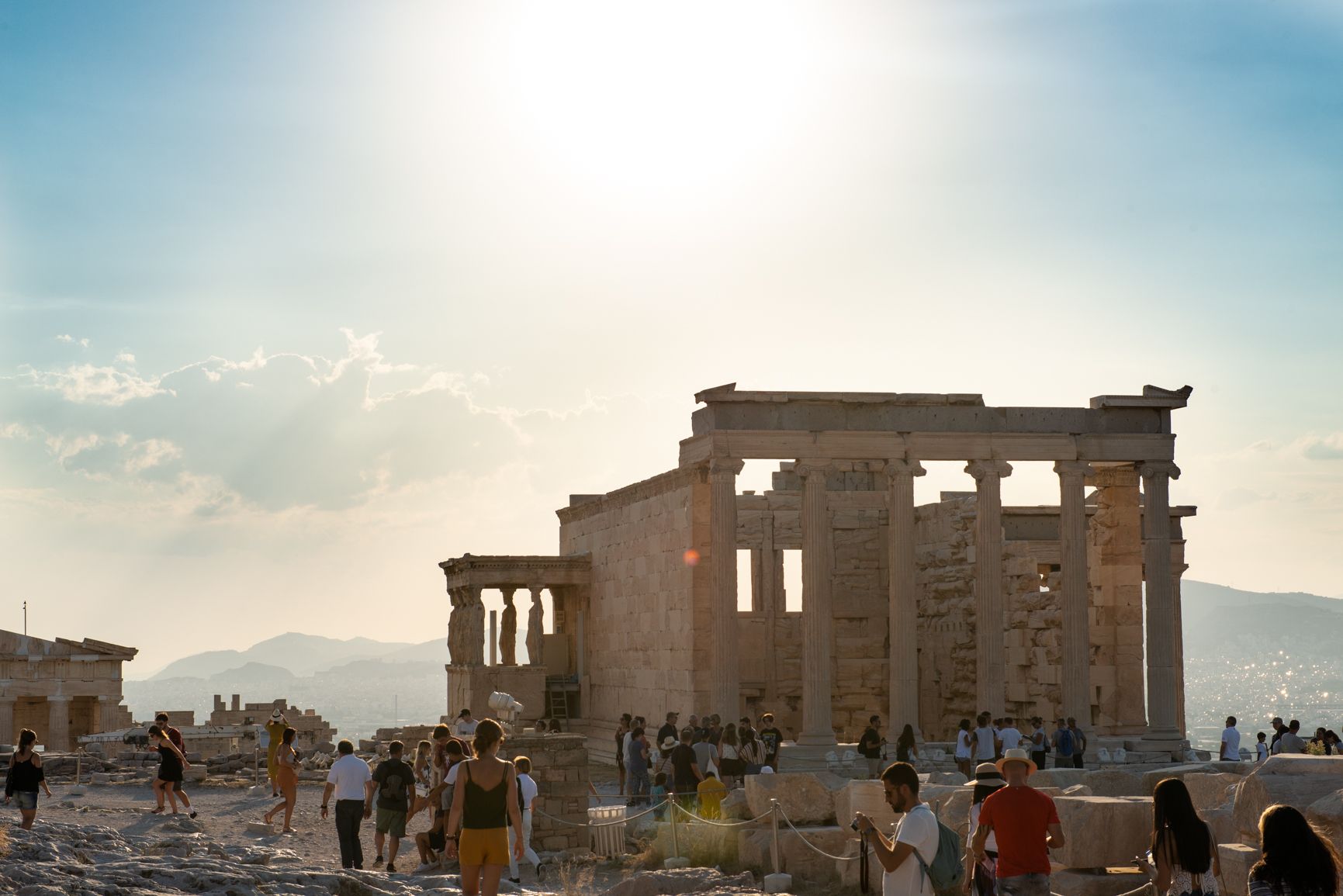
Crowds are quite challenging to shoot around on the Acropolis
Crowds are also quite challenging on the Acropolis, as you can imagine, there are a lot of people trying to get the perfect shot, the selfie at just the right angle, etc. This is where going later in the day can help a bit, as there are surely less people as you near the closing of the archaeological site. Having said that, you'll still be waiting a long time for people to clear your path.
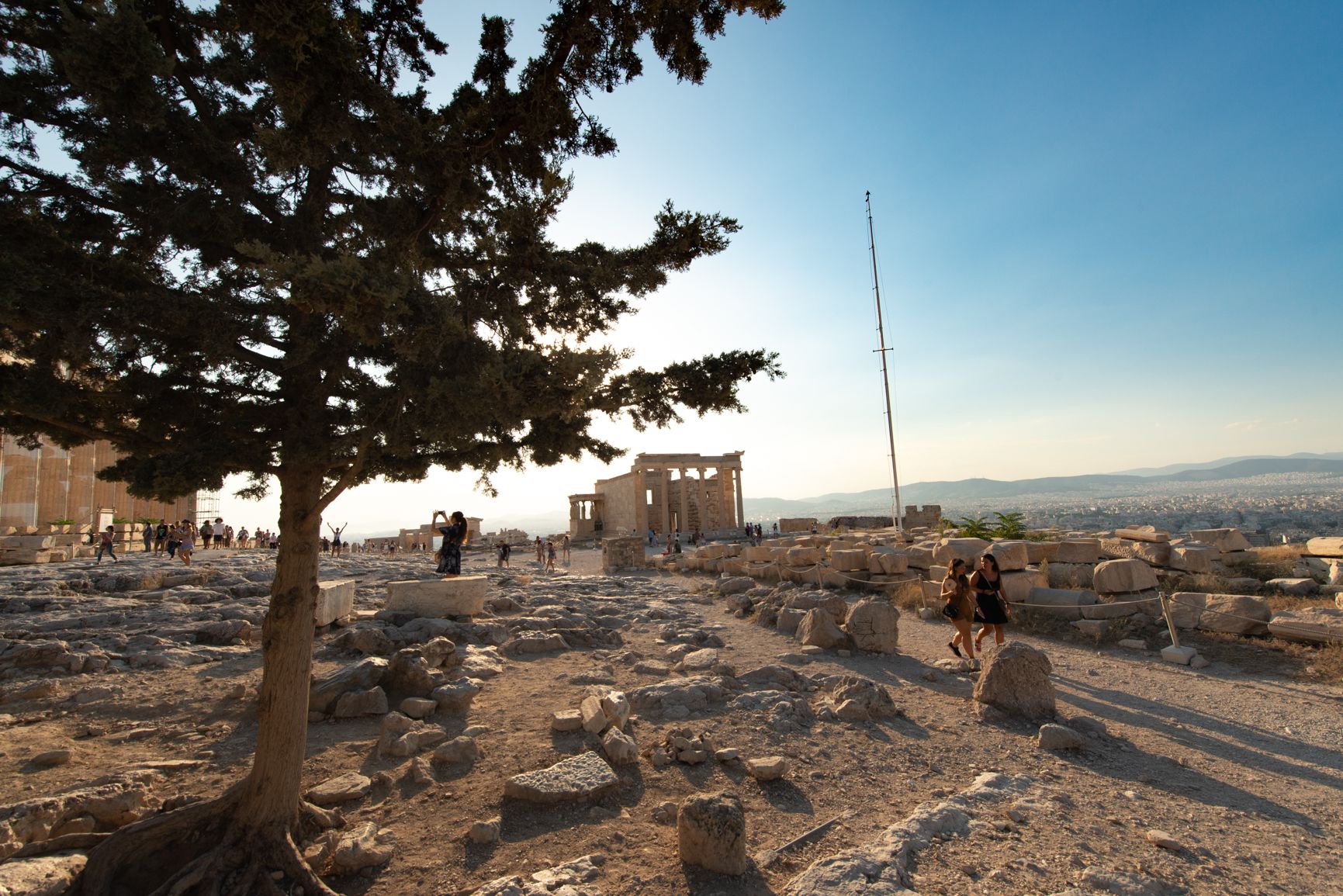
However, given the right placement of the sun, those same crowds can get you dramatic shadows cast on the grounds, making for some interesting shots if you frame them properly.
I used a wide angle for a number of shots to really get a sense of scale for the people next to the ruins strewn about, and the structures themselves.
Did I mention that I really liked shooting here at Sunset?
Shooting directly into the sun will mean that you will be recovering a lot of shadows in your shots. Many modern cameras have no trouble doing this, but I was sure to use a low ISO setting to minimize noise in the dark areas.
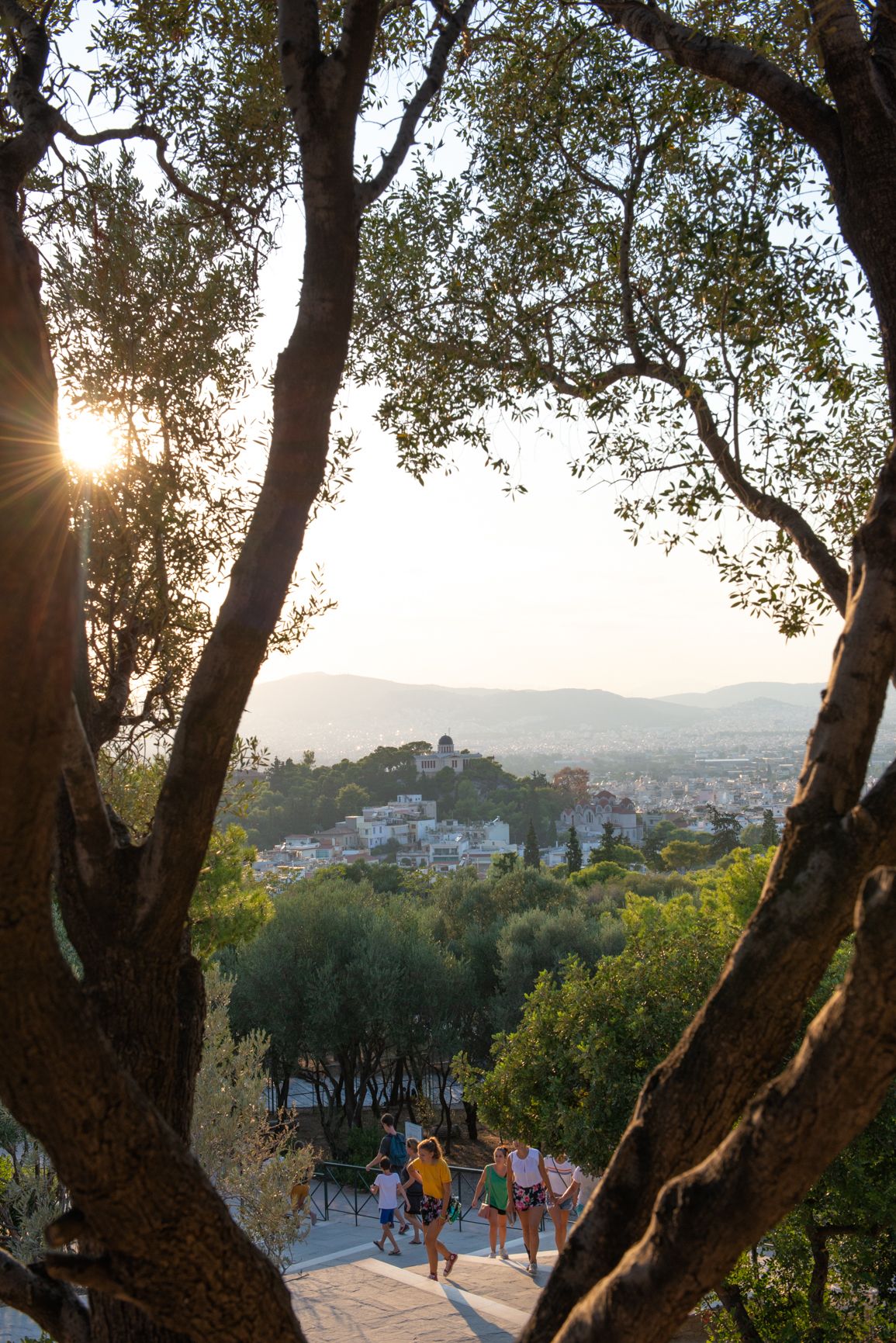
Of note, is that you will see a lot of scaffolding in, and around the Parthenon as well. The structures in the Acropolis were actually largely intact until a Venetian bombardment during the 17th Century. There is a restoration project currently underway, which has been going on since the mid-1970s.
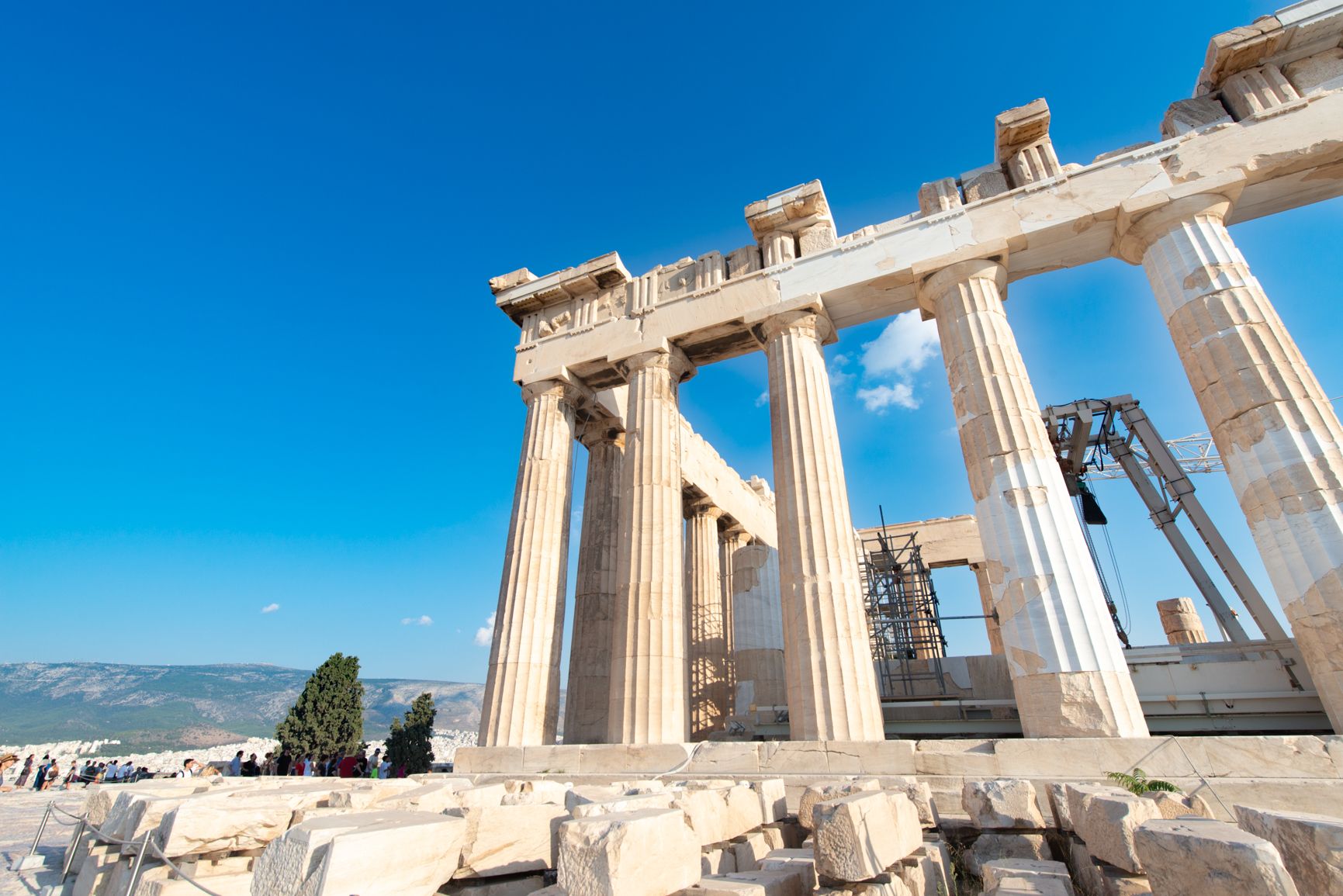
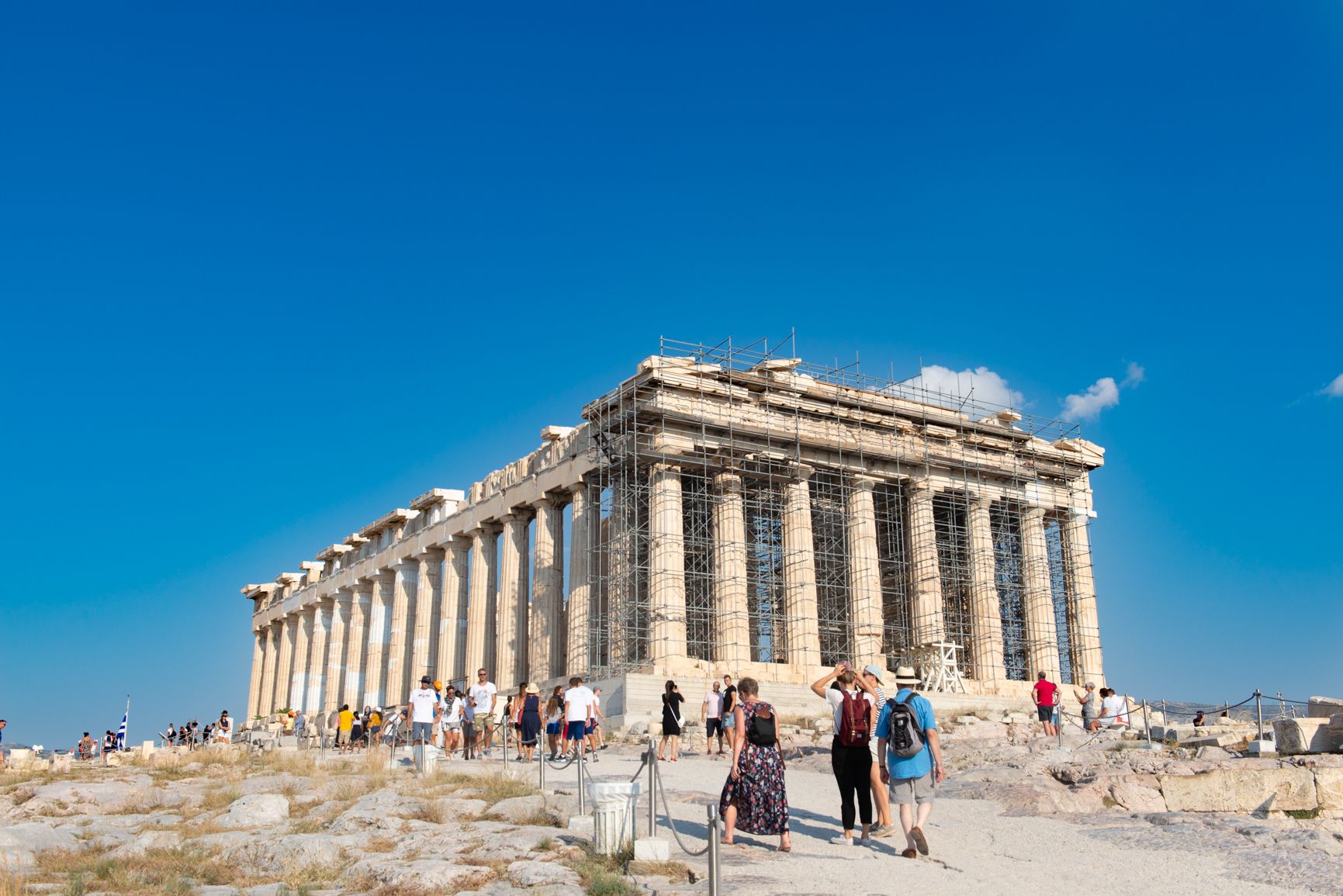
The views are incredible
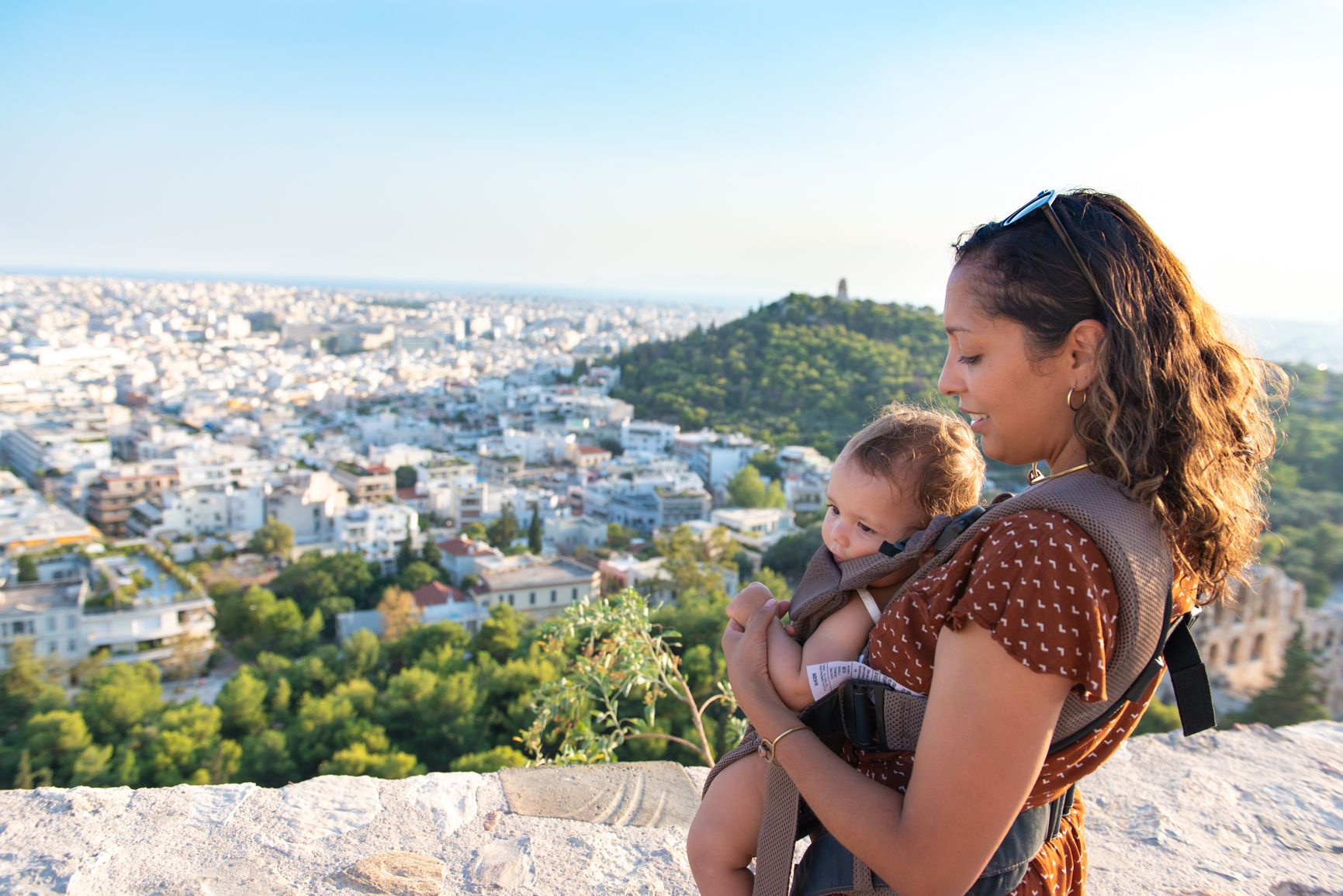
That's my wife and baby Frédérique - you'll probably see a lot of them on this site, as they are both beautiful, serve as a good sense of scale for size, and they are also great travel companions 😃
The Museum is not to be missed
At the base of the Acropolis is the Acropolis Museum, and it is not to be missed. The Museum opened in 2009 and features stunning views of the Parthenon, and also houses countless artifacts and exhibitions.
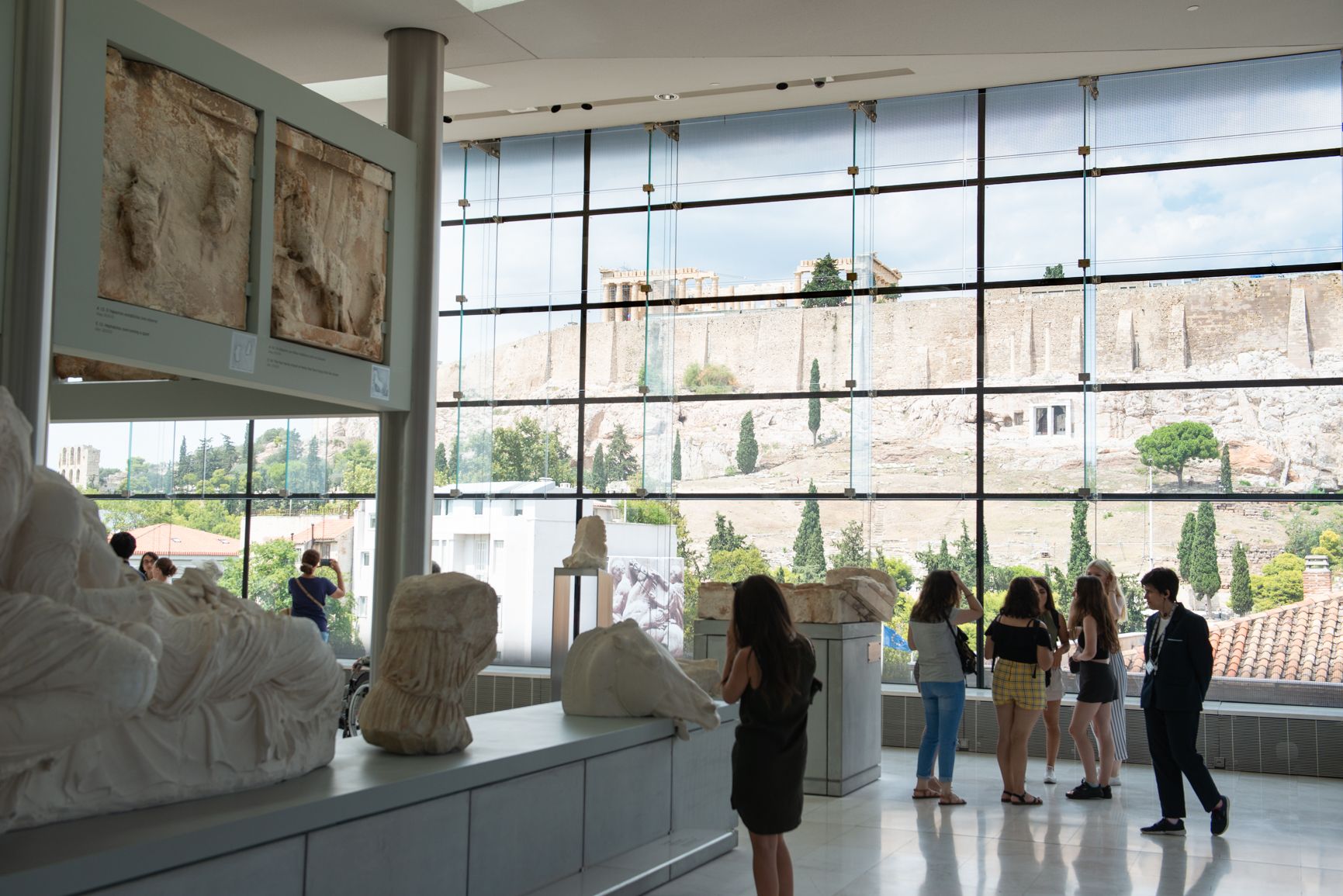
Photography is not allowed in most of the exhibitions and entrance areas of the museum - where most of the stunning marble sculptures are located - However, after you have had a chance to tour the many artifacts housed inside the museum , you will find no shortage of panoramic views of the Acropolis that you will be able to shoot.
Also, at the time of writing this post, the entrance fee for the museum is only 5 €. Certainly reasonable for the amount of time that you'll spend there.
Really, the views are amazing.
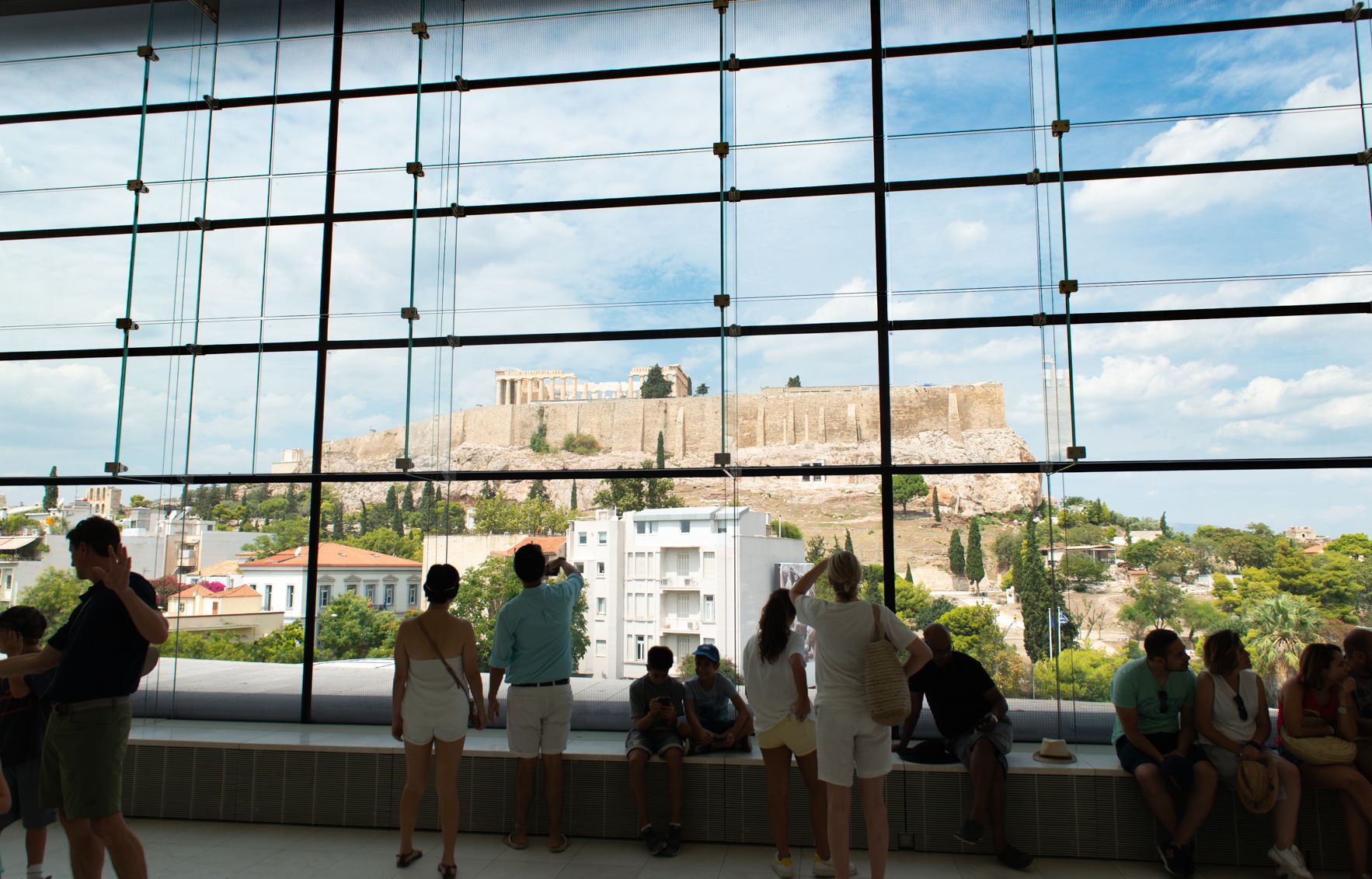
That's it for my first post - Hopefully many more to come here! Don't forget the wonderful cobblestone footpath as you exit the Acropolis, and make sure that you have yourself a great model to help with a dramatic shot as you exit.
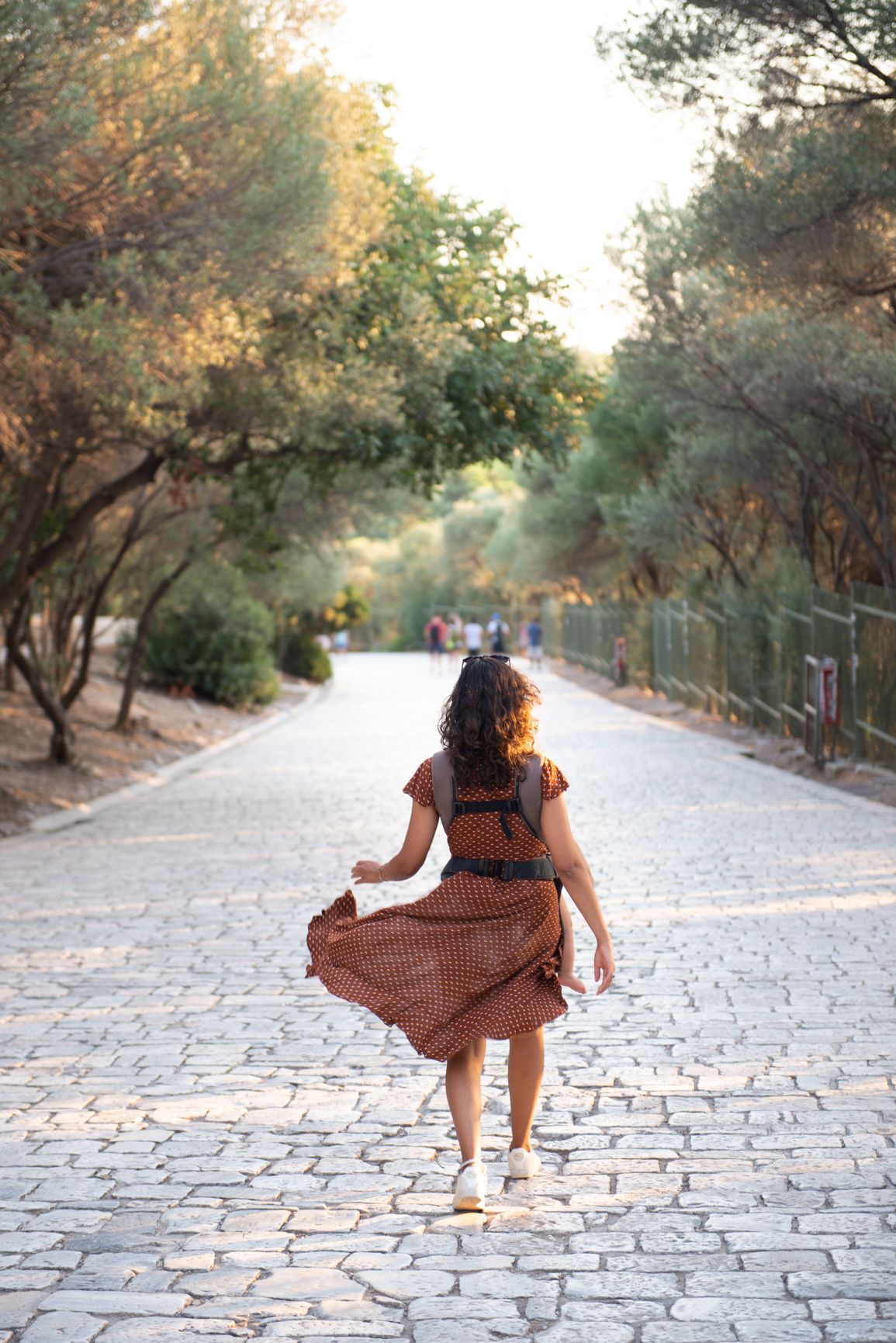
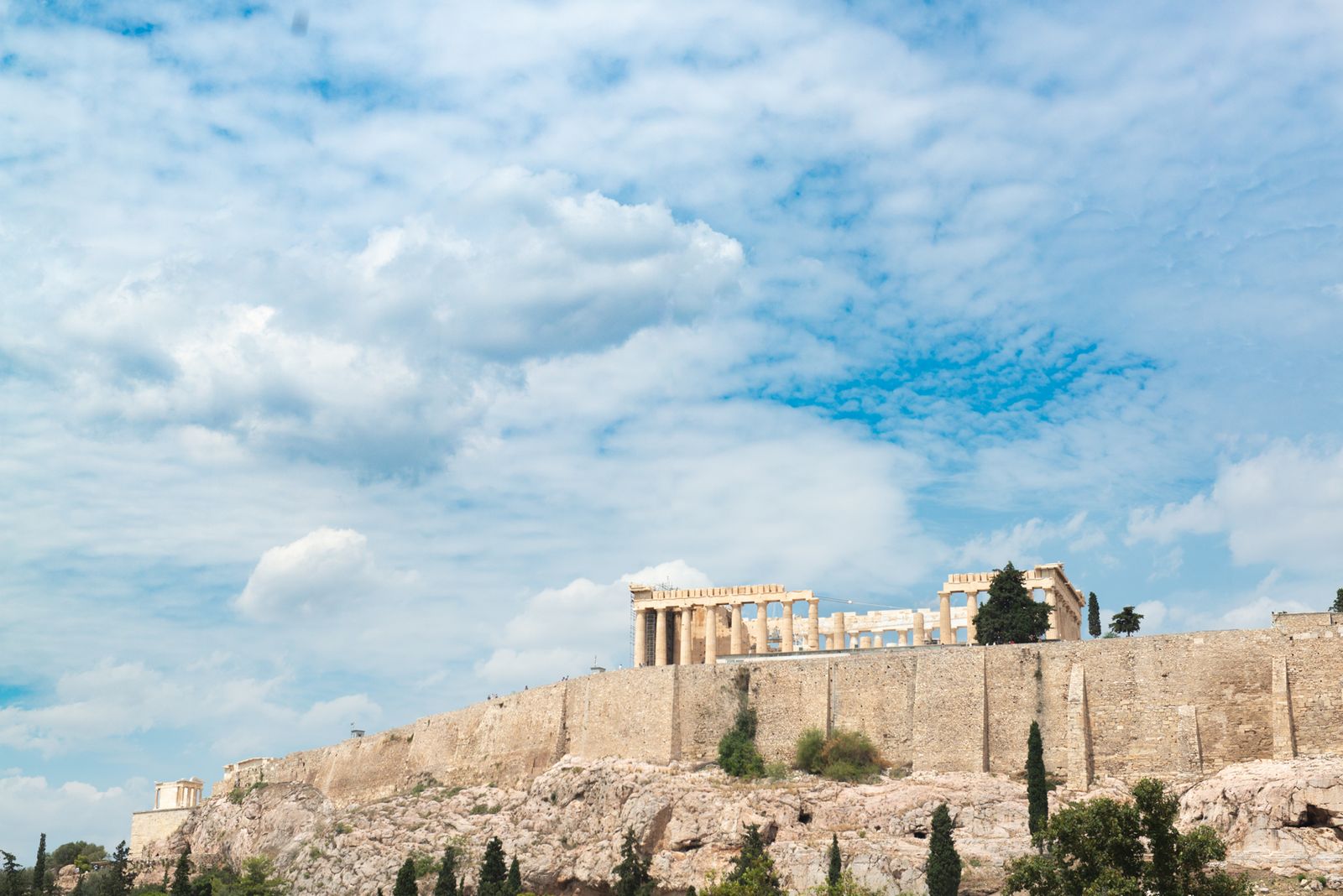
Member discussion